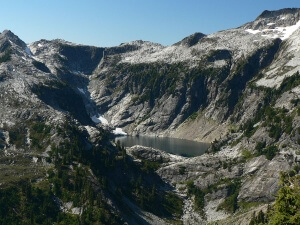
What is Limnology?
The term “limnology” is derived from the ancient greek word λίμνη (limne) meaning lake or pond; it is therefore literally the study of lakes and ponds. First coined by the swiss François-Alphonse Forel in his pioneering monograph Le Léman at the end of the 19th century, the term limnology gained rapid acceptance both in Europe and North America. Forel is regarded as the father of the discipline. Its scope also evolved to include not only lakes and ponds but also streams and rivers and is now widely understood to cover all types of inland waters. It is directly the equivalent of oceanography but confined to inland waters and, in many ways, the distinction between limnology and oceanography is largely related to the size of the water body.
Like oceanography, limnology is a highly integrative science where physics, chemistry and biology interact and are therefore necessary to gain a coherent understanding of the functioning of these ecosystems. As such, limnology is actually a branch of ecology, focusing on inland aquatic ecosystems. One of the distinguishing features of limnological systems is that they are tightly coupled to their terrestrial surroundings. Early limnologists such as Forbes (1887) thought of lakes “as a microcosm” that can be studied in isolation. This view is now largely abandoned as research has shown that lakes and rivers are largely a reflection of what they receive from their catchments and of the interactions with the atmosphere. Limnology encompasses studies at all levels of organization, from individuals, populations, communities to complex ecosystems.


